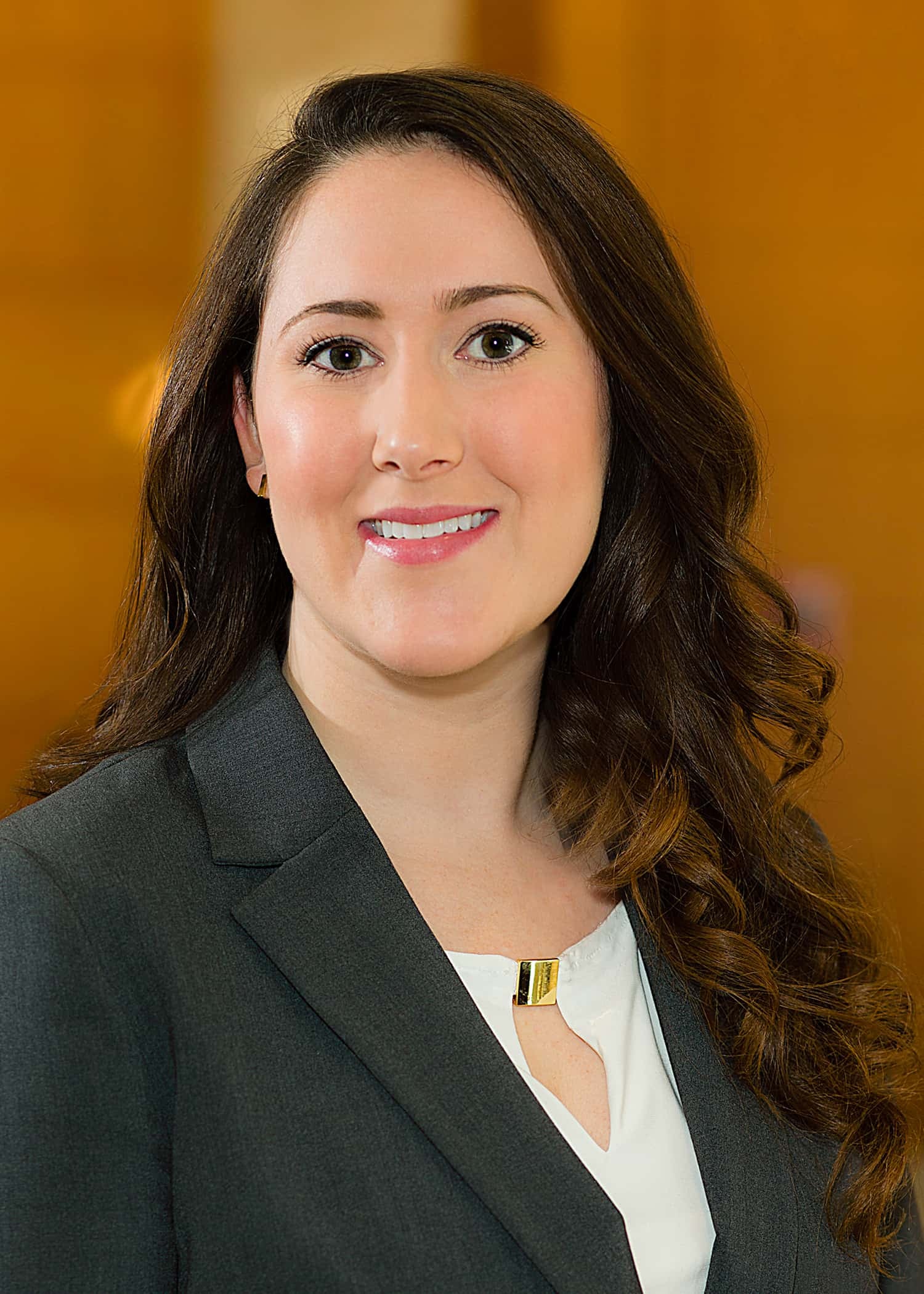Key Takeaways
BenefitsCheckUp (BCU), an online screening tool, is a promising strategy for increasing benefit program take-up rates among older adults.
Over a fifth (20.5%) of older adults who screened eligible for programs became enrolled in at least one benefit, with an estimated average annual value of $2,865 per enrollee.
Every $1 invested in BCU generates $211 in benefits for older adults.
Many older adults struggle with financial insecurity. The median annual income of older adults is $27,398. Nearly one in 10 adults age 65 and older are in poverty, with annual incomes less than $12,881 for single-person households. Another 4% are near poverty with incomes below $16,102. Older women have higher rates of poverty than men (10% vs. 7%) and Black/African American (18%), Hispanic (17%), and Asian (9%) older adults have higher rates of poverty than non-Hispanic White older adults (7%).

Older adults struggle to pay for everyday living expenses
As these grim statistics show, many older adults are struggling to afford basic expenses. Fortunately, there are federal and state government benefits programs available to low-income older adults to help them afford basic needs including but not limited to food, prescription medicines, monthly Medicare premiums and cost sharing. However, we know that the participation rates in these programs is historically low. An analysis by L&M Policy Research found that only 63% of eligible older adults were enrolled in Medicare Savings Programs (MSP) and 67% were enrolled the Part D Low Income Subsidy (LIS). More than half of older adult households who are eligible for food assistance through the Supplemental Nutrition Assistance Program (SNAP) are missing out on this important benefit.
Why are the take-up rates in benefits for older adults so low? There are many barriers to enrollment in these programs. The application process for many programs can be complex and cumbersome. Lack of awareness of the availability of these programs likely plays a role as well. Misconceptions about the programs and the perceived stigma of receiving assistance may contribute to low participation rates as well.
The role of a web-based information and referral tool for benefits enrollment
To combat the problem of low take-up rates, NCOA created BenefitsCheckUp (BCU), a web-based screening tool, to help older adults determine their eligibility for benefits and connect them with the tools and resources needed to enroll in programs for which they are eligible. NCOA contracted RTI International, a nonprofit research firm, to conduct a study of BCU.
The purpose of the study was:
- To learn the percentage of BCU users who go on to apply for and subsequently enroll in benefits for which they screen as “likely eligible” and
- To learn the social return on investment of BCU.
RTI International conducted a web survey of BCU users eight to 10 weeks after they completed the BCU assessment and were screened as eligible for benefits. More than 2,000 BCU users completed the survey, a response rate of 10%.
The results showed that within eight to 10 weeks after completing the BCU assessment to determine their eligibility for benefits, over a third of older adults (36.3%) applied for benefits and one in five (20.5%) became enrolled.
The survey also asked whether the respondents had met with a benefits enrollment counselor in the last 3 months. BCU users who had met with a counselor had even higher rates of enrollment in benefits (27.4% vs. 19.6% for those who had used BCU only). Those who became enrolled in benefits received an estimated average value of $2,865, which for a single person living at 100% of poverty represents 22% of their income. When RTI International factored in the operational costs of BCU with the benefits received by older adults, the social return on investment is quite high. Every $1 invested in BCU results in $211 benefits to older adults.
Overall, these findings suggest that a web-based information and referral tool such as BCU is a cost-effective strategy for helping increase take-up rates in benefits among older adults. Many older adults are financially strained and struggling to make ends meet due to their limited incomes. BCU is one of several important resources, including one-on-one counseling, to help low-income older adults find and enroll in benefits for which they are eligible.
Read the study that was published in the peer-reviewed Journal on Aging and Social Policy.





